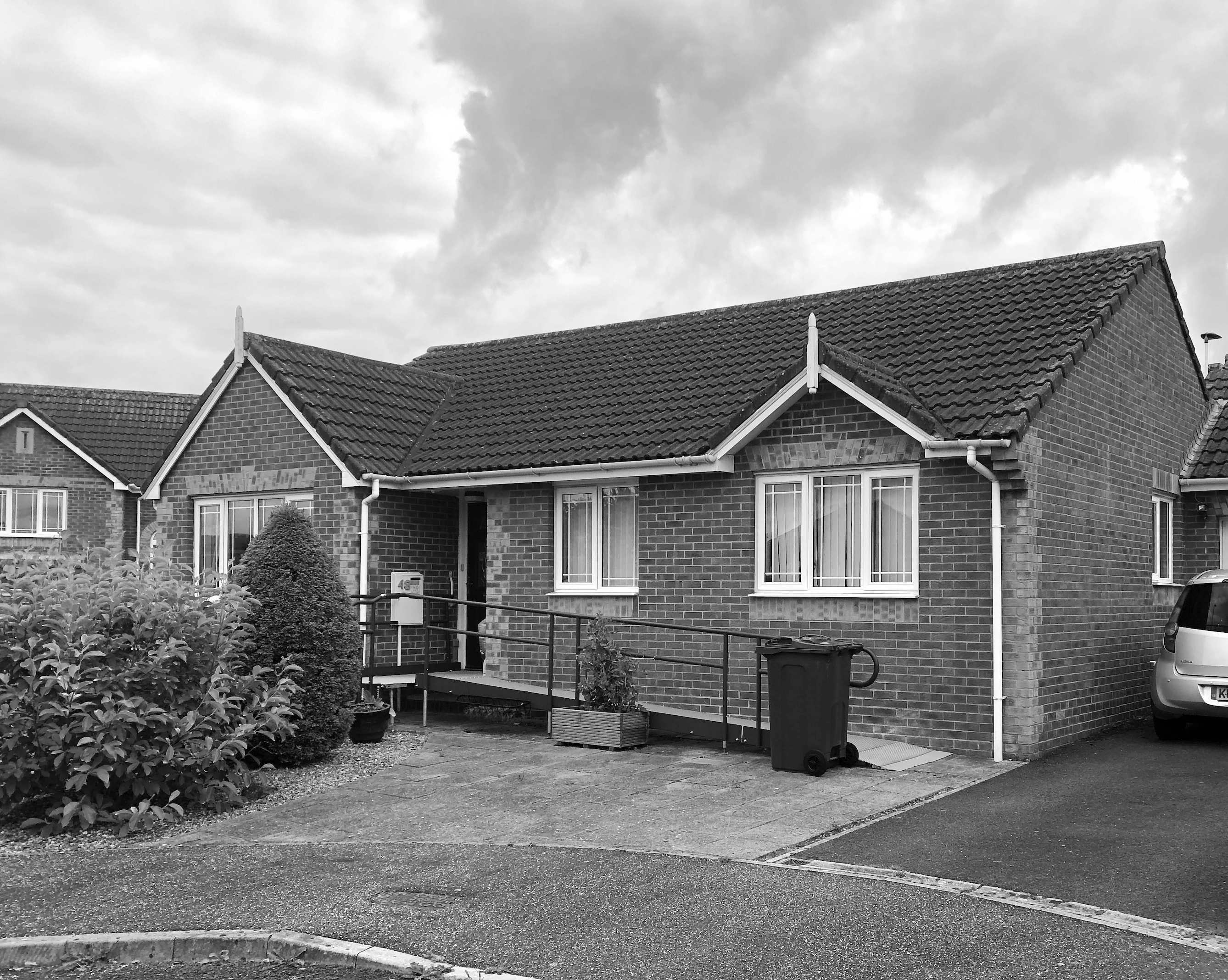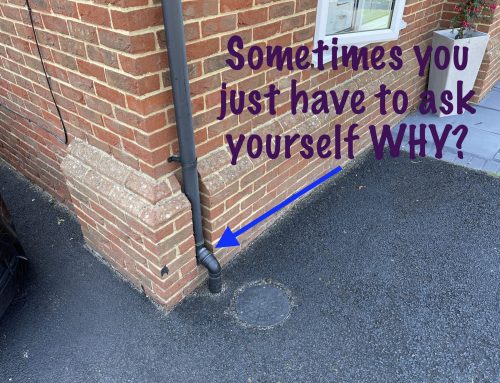New Build Structural Warranty. What is it? When do you need it? What does it cover?
A new build property structural warranty (NHBC, LABC and Premier Guarantee) is, in its simplest terms insurance for the structure of your new home that lasts around ten years, depending on the policy and provider.
A house/flat will only hold a structural warranty if, during its construction, it is regularly inspected by surveyors and meets the technical standards of the structural warranty provider concerned.
Generally, a structural warranty is split into two periods of time:
Defects Insurance Period – Normally the first two years of a policy, the defects insurance period is the time in which the developer is responsible for rectifying any defects (which are deemed to be a failure to comply with the provider’s standards). Remember to report any defects you notice to your developer as quickly as you can after noticing them and keep copies of any correspondence sent, including proof of postage as good practice.
Structural Insurance Period – Generally the 8 years after the Defects Insurance Period in which your structural warranty provider will be responsible for dealing directly with valid claims. During this period you should report any defects directly to your provider. Providing the defect is valid, the provider should then organise any necessary repair work, or pay for such repairs.
Warning: Warranties on new properties do not pass to second owners of the property within the 10 years in the same way as they exist for the first buyer. Basically, if a defect is discovered by the second owner BUT it was discoverable when they purchased the property then it is not covered under the warranty.
Who to refer to
- Developer Warranty Period (DWP) – During the first year (Social Housing) or two years of your warranty, defects will likely be covered by the DWP. This means the developer will generally repair the defects for you.
- Structural Insurance Period (SIP) – During the later years of the warranty (After the first two) your warranty provider should repair defects for you.
- Household Insurance – Sometimes damage is nothing to do with the structure of the building or the developer. Weather damage for example, or accidental damage is likely to be covered by your household insurance. But even then, wear and tear or poor installation of the defective item are often excluded from insurance coverage, as such it is in your interest to report faults to the developer or warranty provider as soon as you find them.
- General Maintenance – Minor blemishes or chips are generally a pretty normal sign of wear and tear and are unlikely to be covered by any warranty or insurance product. They are generally easy to take care of with maintenance though.








Leave A Comment